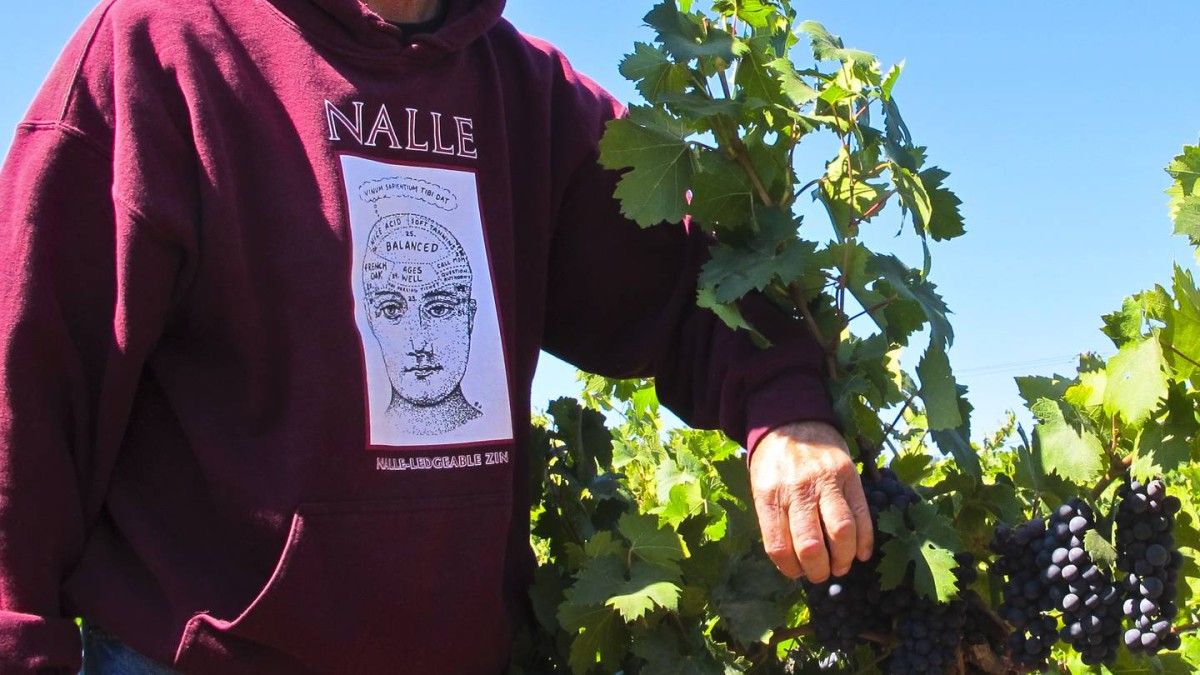California: Sipping Sonoma flavours


Alex Robertson gets a taste for Californian wine
Doug Nalle likes to talk wine. A winemaker of 40 years, he embodies the Sonoman qualities of independence, free-thinking, and innovation.
The Dry Creek Valley winery, built on his wife Lee’s family’s land in the heart of Sonoma County, is a monument to doing things differently.
Nalle’s (rhymes with ball) wine is made under a 2m-thick rosemary-turf roof that keeps the interior at a consistent 15C to 20C – ideal for fermentation. It’s part of his philosophy of being energy-neutral.
“We spend about 100 bucks per month on electricity – which is nothing for a vineyard,” he says.
The 65-year-old Master of Oenology is on a personal crusade to bring back the notion of “terroir” to winemaking.
Modern-day thinking encourages the replacement of vines after they pass their optimum fruiting stage at 30 or so years. Nalle’s oldest block of zinfandel is more than 85 years old. The Northern Californian Mediterranean climate is perfect for growing great wine grapes: wet winters from November to April, followed by long, hot summers, produce abundant fruit with a sugar content (brix) to create enough alcohol; grape genetics, soil and microclimates produce the flavour, he told me.
He is critical of winemakers who drip-water and feed their vines to bump up the brix and, therefore, the alcohol strength. He blames it on a desire to please wine critics – especially Robert Parker – for a homogenisation in wine making and is determined to make wines for himself.
“I’m not making high alcohol zin [zinfandel],” he says. “I might blend 88 percent zin, 8 percent petit syrah and 4 percent carignane, which reduces sugar and, therefore, alcohol content.” And makes for a greater depth of flavour, which you can taste for yourself every Saturday and other days by appointment.
You may even see Nalle over here. He often visits his buddy, Alan Limmer, at Te Mata vineyard in Hawkes Bay. But he won’t be swayed by the New Zealand preference for screw caps. “Corks are sustainable and help flavour the wine,” he maintains as he pours his pinot noir for tasting.
The wine is drier than the classically full-bodied zinfandel, a product of the fog-affected microclimate experienced in the south of the county. “This wine is great,” I tell him, “you can almost taste the earth.”
